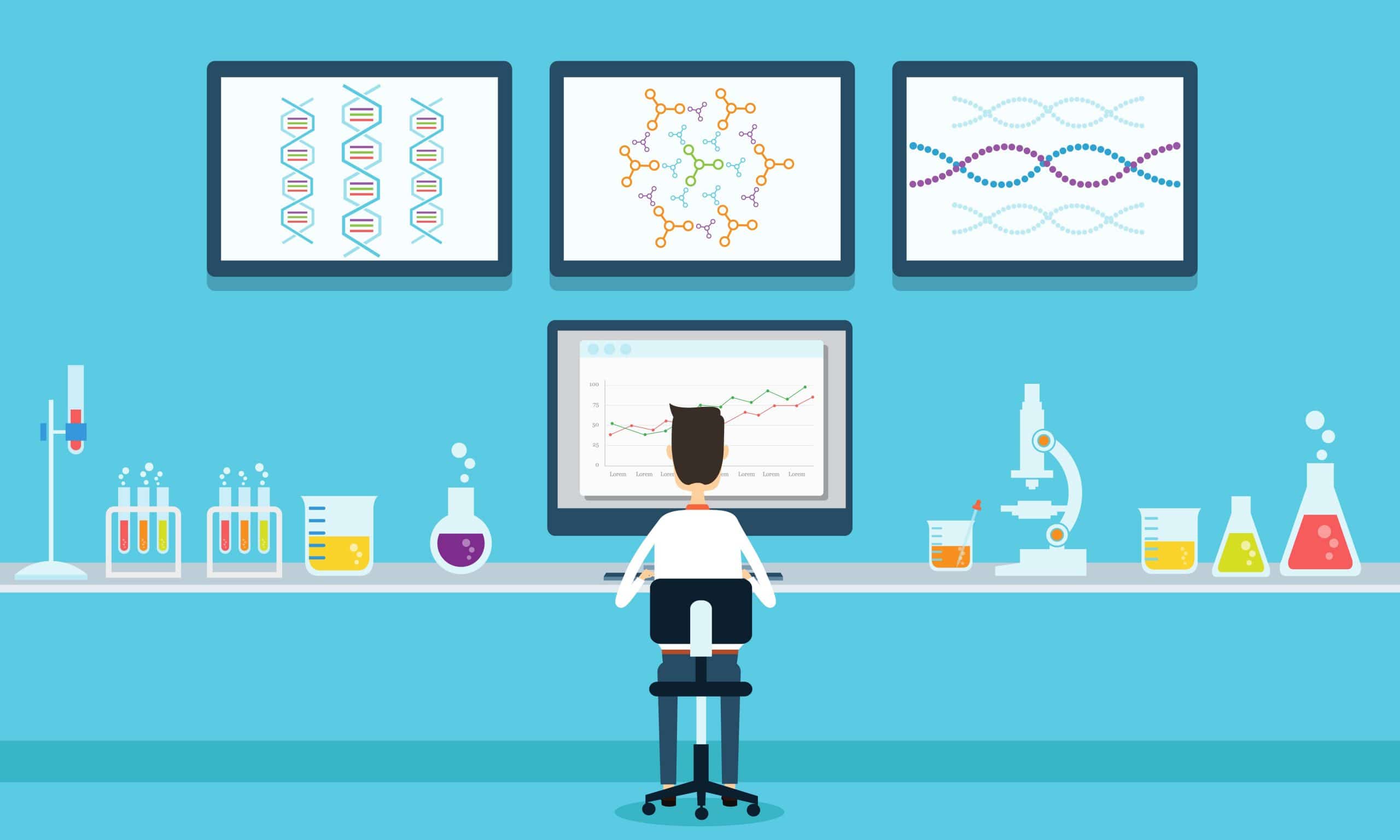Benefits and Best Practices for Integrating Laboratory Instruments with LIMS
 Due to technological advances in laboratory instruments and higher throughput processes, data volumes in modern analytical laboratories have increased dramatically over the last several decades. While this increased data volume presents the opportunity to improve innovation and enable timely and effective business decisions, it also presents significant data management and processing challenges. In order to meet the challenge of turning this data into knowledge, laboratories are looking to automate and integrate laboratory operations and processes as much as possible in order to provide digital continuity throughout the product lifecycle.
Due to technological advances in laboratory instruments and higher throughput processes, data volumes in modern analytical laboratories have increased dramatically over the last several decades. While this increased data volume presents the opportunity to improve innovation and enable timely and effective business decisions, it also presents significant data management and processing challenges. In order to meet the challenge of turning this data into knowledge, laboratories are looking to automate and integrate laboratory operations and processes as much as possible in order to provide digital continuity throughout the product lifecycle.
Integrating laboratory instruments with Laboratory Information Management Systems (LIMS) is one of the best ways to automate laboratory processes. Instruments that are commonly integrated with LIMS in laboratories include:
- GC
- GCMS
- HPLC
- LCMS
- ICP
- Particle Counters
- DNA Sequencers
- Balances
- Titrators
- AA Analyzers
Unfortunately, many LIMS implementation projects either run out of time or lose the momentum before they are able to accomplish their initial instrument integration goals. In this blog, we will discuss both the benefits of instrument integration and best practices that help to ensure instruments are integrated effectively during a LIMS implementation.
















